Memorial Day honors those who served. At the White House, our military history runs deep.
As we pause this Memorial Day to honor the men and women in uniform we have lost, it’s timely to note how central the armed forces have been to the White House’s history, its functioning, and how it projects America on the world stage.
From the veterans whose service propelled them to the presidency to the essential duties and ceremonial support provided by soldiers, sailors and airmen, our military has been a part of the White House since its earliest days.
Out of 45 presidents, 31 have served in a variety of roles and capacities in the armed forces. For some, military distinction helped forge a path to the presidency. Even before there was a White House, George Washington’s service as commander in chief of the Continental Army during the Revolutionary War made him the natural choice to become America’s first president.
The long history of presidents fighting in wars
Andrew Jackson, who also fought in the Revolutionary War, was commissioned as a major general during the War of 1812, where he led military campaigns against the Creek Nation and defeated the British at the Battle of New Orleans.
Ulysses S. Grant, the first West Point graduate to become president, fought in the Mexican American War and returned to Army service during the Civil War, where he rose to command the Union armies and lead a victory over the Confederacy.
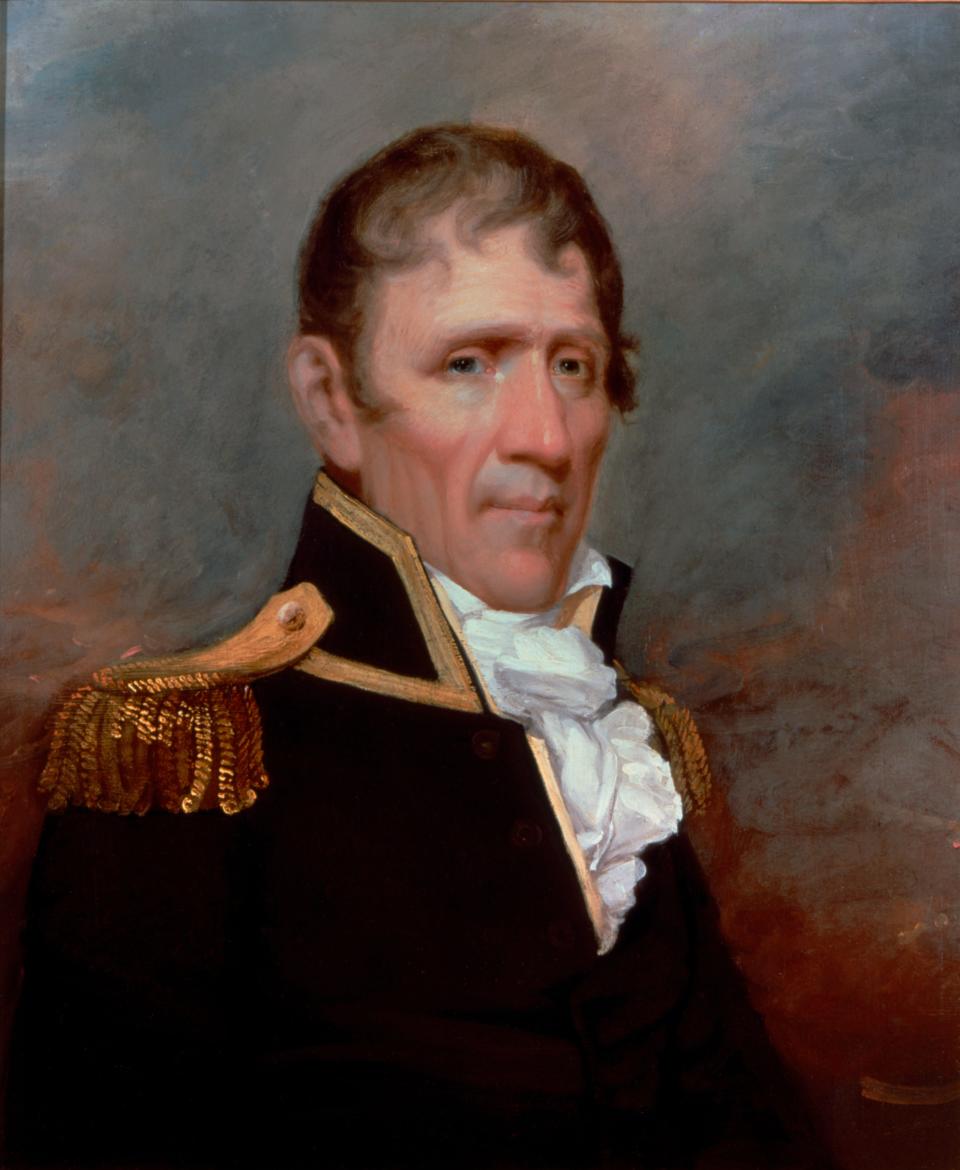
During the Spanish American War, a Navy assistant secretary named Theodore Roosevelt resigned his position to join the U.S. Volunteer Cavalry, more famously known as the “Rough Riders.” Leading his company’s charge up Kettle Hill during the bloodiest battle of the war earned him national and political prominence.
Dwight D. Eisenhower spent his pre-presidential career in the Army, serving in World War I and then World War II. After commanding the 1942 invasion of North Africa, he gained worldwide fame leading the D Day landings and Allied liberation of Europe, and went on to become the first of seven U.S. presidents who served in World War II.
John F. Kennedy’s World War II heroism was a key part of his public legacy. When his PT-109 boat was rammed by a Japanese destroyer, Kennedy led the survivors to safety through dangerous waters. As president, Kennedy kept a historic coconut shell on his desk that he had carved a message in to alert his Allied commanders; it was snuck out through enemy-occupied waters.
The role of first wives and aides in supporting the military
For the wives of career military men who ascended to the presidency, decades as armed service spouses colored their experiences as first ladies.
Martha Washington’s social exposure as a general’s wife prepared her for her duties as a host – and her attentiveness to veterans’ needs has been repeated by numerous first ladies.
Julia Grant brought what her biographer called “military habits” to reordering the operations of the White House staff.
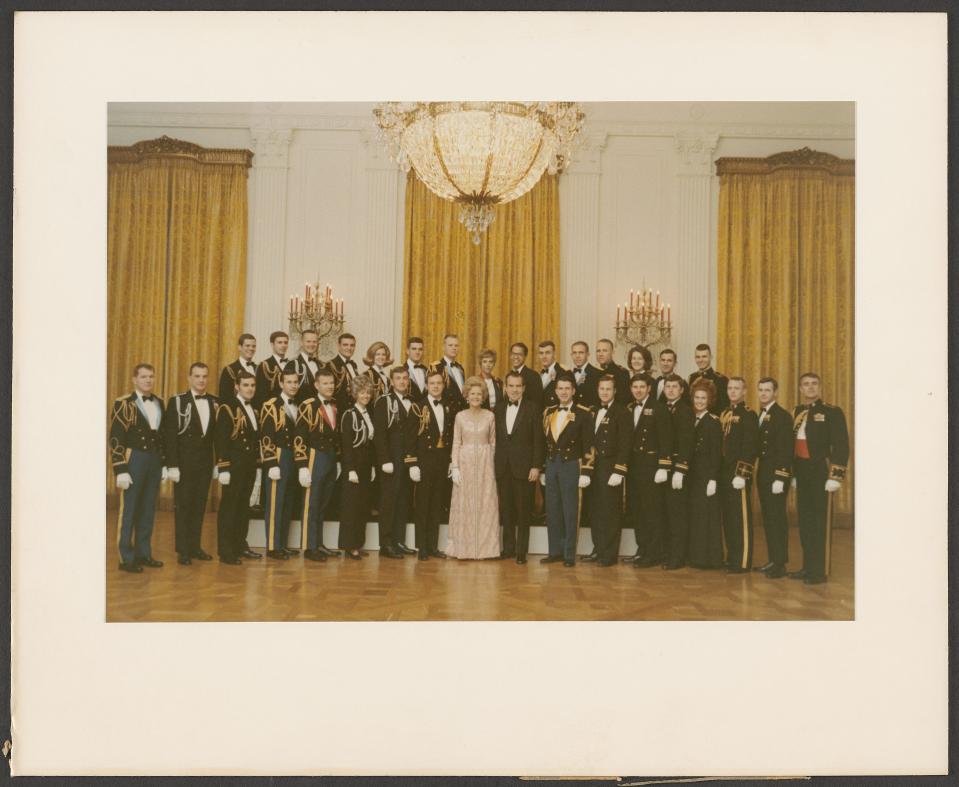
Because of Mamie Eisenhower's experience as the wife of a career Army officer, White House Chief Usher J.B. West noted that “she understood the hierarchy of a large establishment, the division of responsibilities, and how to direct a staff.”
What’s not so well known is the military’s critical role in keeping the White House running safely and effectively.
Gen. Washington's aide-de-camp was appointed a personal aide to the president, and to this day military aides to the president provide a wide array of services – like the senior officer who follows the president with the “nuclear football” satchel with emergency codes and procedures for authorizing nuclear war, and the U.S. Marine Corps security guards who work alongside the U.S. Secret Service to keep the president and his family and guests safe.
Planning a summer wedding? When your wedding is at the White House, no detail is too small – even in the 1800s.
Presidents rely on service members for transportation and communication
Air Force One is the chief executive’s three-level, 4,000-square-foot office in the sky, stocked with advanced communications equipment and a medical suite that can function as an operating room. It has quarters for presidential advisers, Secret Service officers, traveling reporters and other guests. Its galley can feed 100 people at a time.
The president frequently travels to Air Force One on a military helicopter dubbed “Marine One.”
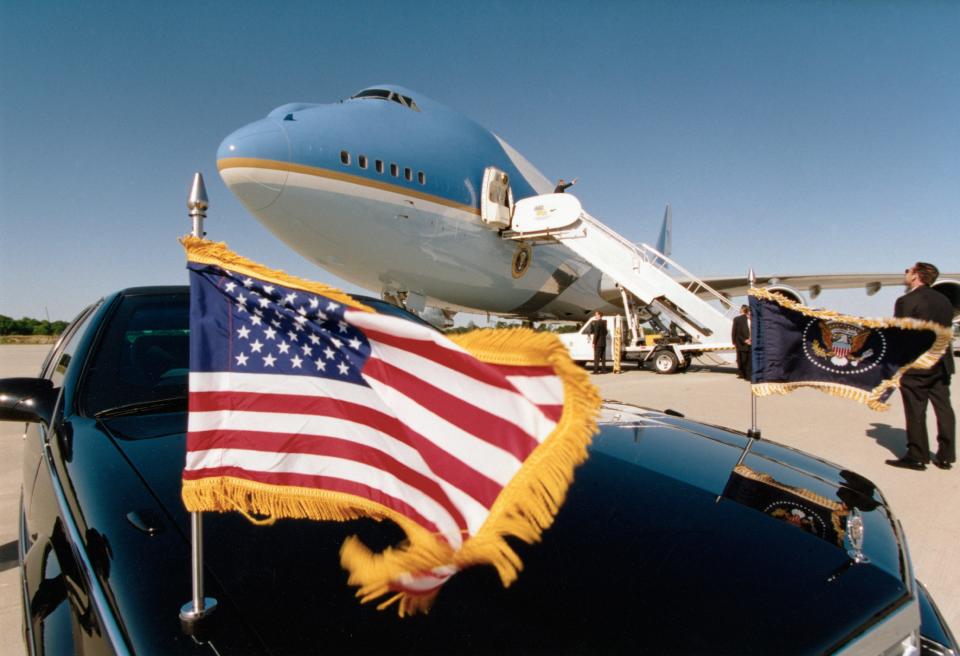
In 1910, an era when horses and motor vehicles still shared the roads, President William Taft created what became the White House Transportation Agency ("the most visible unit no one's ever heard of").
Today’s version is staffed by noncommissioned Army officers who’ve completed hundreds of hours of antiterrorism evasive driving and other specialized training. The agency maintains a fleet of White House vehicles, manages presidential motorcades and provides 24/7 motor pool services for the president's family and key staff and visitors.
What is a state dinner? White House state dinners put America on display. They're crucial for US diplomacy.
The White House Communications Agency – the “voice of the president,” started by the War Department in the basement during World War II – is now staffed by all the services. It keeps the president in touch with the world, managing everything from microphones to encrypted communications to satellite communications.
Presidents have historically relied on military officers to serve as their personal physicians. In modern times, the White House Medical Unit is staffed by military doctors and health care support specialists who care for the president, vice president and their families, and provide medical support for White House staff and visitors.
The White House Navy Mess, located in the basement of the West Wing next door to the Situation Room, has been run since its creation in 1951. Decorated with nautical trim and ship paintings, it can seat 50 – and has even earned a 5-star Yelp rating.
The military presence in entertaining White House guests
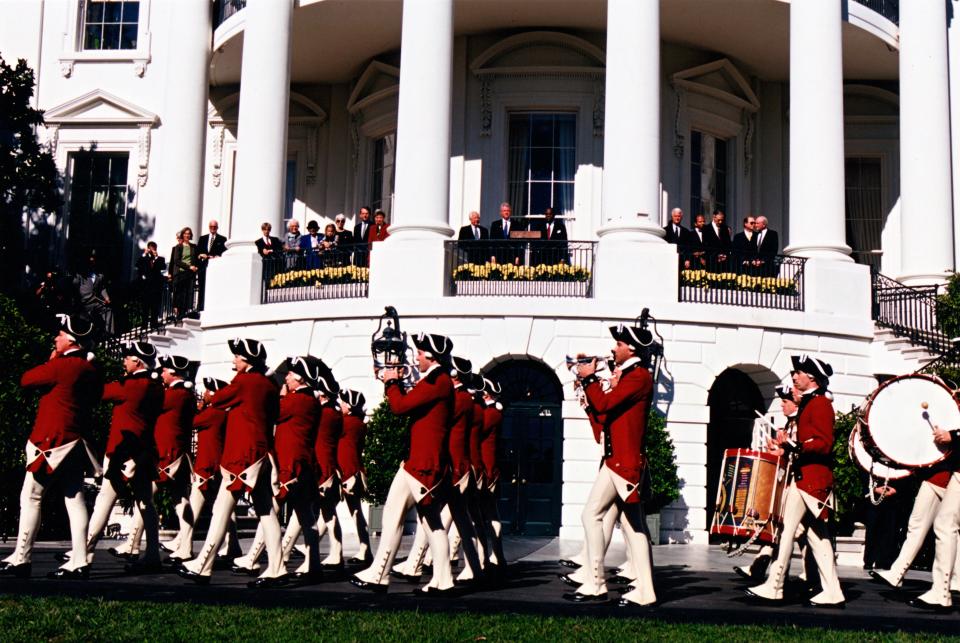
The military is also central to the White House’s role as a ceremonial stage upon which our nation welcomes important visitors from across the country and around the world. The atmosphere is often set with music from one of the military’s top-flight ensembles – like the Marine Band, “The President's Own,” chartered by President John Adams. It began the tradition of playing “Hail to the Chief" to announce the arrival of the president at official functions.
John Philip Sousa, the world-renowned composer of marches, directed the Marine Band for a dozen years.
The Army Band (“Pershing's Own”) has played at every inauguration since President Calvin Coolidge’s in 1925. Its Army Herald Trumpets provide fanfares from the South Portico of the White House as the president welcomes foreign ambassadors, royalty and visiting heads of state.
Opinion alerts: Get columns from your favorite columnists + expert analysis on top issues, delivered straight to your device through the USA TODAY app. Don't have the app? Download it for free from your app store.
The Army's Old Guard Fife and Drum Corps, founded in 1960 to support special events and keep America’s early musical heritage alive, welcomes heads of state on the South Lawn arrival ceremonies in its trademark red coats and tricorn hats. The Corps is a staple of the inaugural parade, holiday receptions and the annual White House Easter Egg Roll and Fourth of July celebrations.
Specially selected White House Military Social Aides are the glue that makes White House events and functions work, from state dinners to White House weddings. Decked in white gloves and braided shoulder cords, they greet guests, navigate them through the executive mansion and into their seats, share White House history, introduce them to the president and first lady for photographs, and provide private tours for special guests.
One of the most famous Social Aide alumni is former Sen. Chuck Robb – who met his future wife, Lynda Bird Johnson, when he was a young Marine serving as an aide for her father, President Lyndon Johnson.
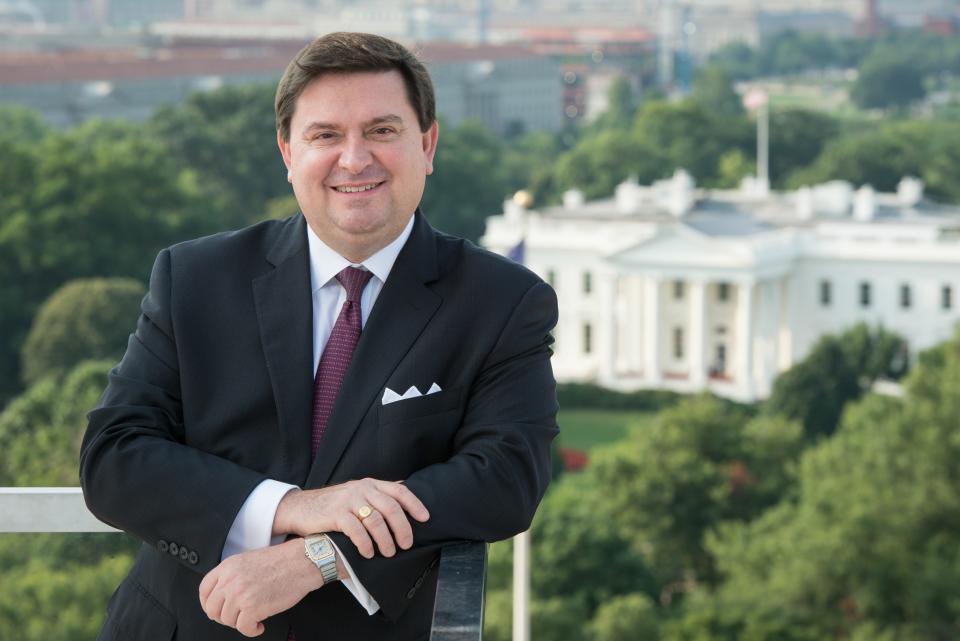
The East Room of the White House has become home to one of the White House’s most important and solemn traditions, the awarding of the Congressional Medal of Honor, our nation’s highest military award for valor established during the Civil War. The president makes the award before a packed room, and the citation’s narrative of the acts of bravery is read aloud. If the Medal of Honor is awarded posthumously, the soldier’s next of kin receive it in their place.
From welcoming guests to serving as commander in chief, the men and women of our military have safeguarded the White House, its traditions and its daily effectiveness. Honoring their dedication, even as we remember their fallen colleagues, can help us keep alive the spirit of sacrifice that animates military service – and our history.
Stewart D. McLaurin is president of the White House Historical Association, a private nonprofit, nonpartisan organization founded by first lady Jacqueline Kennedy in 1961.
You can read diverse opinions from our Board of Contributors and other writers on the Opinion front page, on Twitter @usatodayopinion and in our daily Opinion newsletter.
This article originally appeared on USA TODAY: Memorial Day includes honoring White House, president military service


